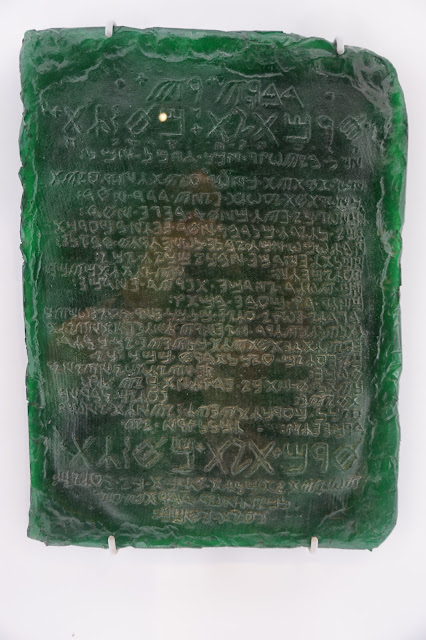As mentioned in my introductory post, a goal I have in my research is to study the work (and lives and ideas) of these mathematicians on their terms. Keep in mind as you read, though, that I am a math professor digging into history that I'm passionate about and that I am not a history professor trained in methods of historical research. So I will study my Renaissance mathematics on their terms as best I can. In my previous sabbatical most of the mathematicians I researched lived in the 19th century; in this sabbatical I'm focused on the 16th century, and that makes QUITE a difference!
To put this in perspective, my great-grandfather, whom I knew and interacted with, was born in 1877. Also, my "first best friend," our next door neighbor when I was a little kid, was born in 1890. She was part of my life for 20 years. So it feels to me like the 19th century is within my reach, so to speak. This is not even close to being the case with the 16th century - a time before the industrial revolution and before the Age of Enlightenment - a time when there was no distinction between alchemy and chemistry nor between astrology and astronomy. The New World had been "discovered" by Europeans only 9 years prior to the birth of Girolamo Cardano. This was an era of cataclysmic change -- an era of Renaissance and of Reformation. Europeans had only known One World and One Church for over a thousand years prior to this, and suddenly there were two worlds and multiple churches. Trying to truly get my head into a 16th-century mindset feels like traveling to an utterly different universe.
 |
| Egyptian Rosicrucian Museum (front entrance), San Jose, California |
 |
| Reproduction of an Alchemists Workshop |
 |
| Reproduction of an Alchemists Workshop |
 |
| Reproduction of a Ripley Scroll, Egyptian Rosicrucian Museum (2020) |
 |
| A Ripley Scroll, Royal College of Physicians, Edinburgh (2019) |
 |
| A sample of the eclectic collection of books I've been reading on the alchemy and astrology of my mathematicians. |
As Alexander Pope so wisely writes:
A little learning is a dangerous thing;
Drink deep or taste not the Pierian spring:
There shallow draughts intoxicate the brain,
And drinking largely sobers us again.
So I have cut most of the rest of my words - will leave this mainly to pictures - and will leave it simply as evidence of my first foray into this area of study.
 |
| Alchemical Mandala: Azoth of the Philosophers |
 |
| Prayer Chamber and Work Area of an Alchemical Laboratory |
 |
| Replica of the Emerald Tablet of Hermes Trismigestus |
I'll close here with other images from the Egyptian Rosicrucian Museum and am looking forward to the European part of my explorations.
 |
| Note the x-ray of the Mummy below the Mummy |
Post Scipt: I should be leaving in 6 days for my Europe travels and studies, but things are still up in the air as the new coronavirus COVID-19 situation continues to develop. It's very weird to be gearing up as much as I am and to be so close to my departure date and to not be sure if it's going to happen or not.








No comments:
Post a Comment